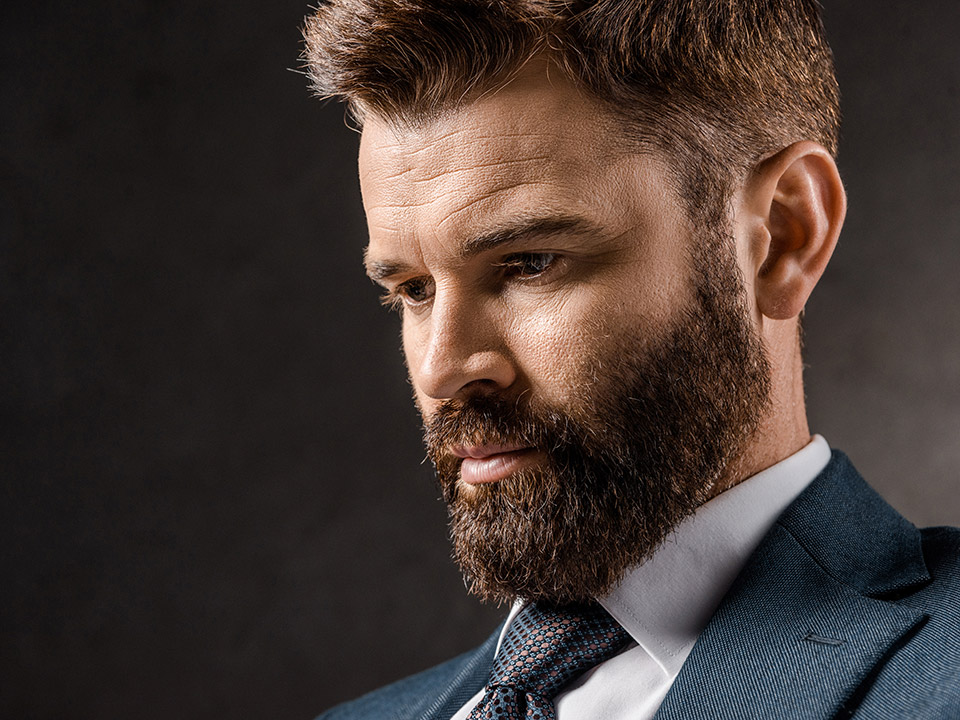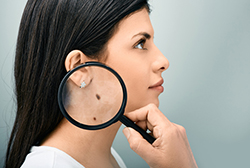
Basics of Beard Transplants
For some men, growing a beard is a lot harder than avoiding a trip to the barber. This is because these men inherit genes that make it impossible to grow a beard. Additionally, others get stubble that does not grow uniformly, leading to a patchy beard. Whatever the challenge, you may be envious of those who effortlessly grow facial hair. In many societies, a beard is a sign of masculinity, maturity, and even physical strength. Additionally, many people find men with beards more attractive. Luckily, there are options for people who want fuller facial hair. Similar to hair transplants, beard transplants are a common way for men with limited or no facial hair, to get a luxurious and attractive beard. It is a scientifically-proven method and has seen great results, globally. If you are considering options for a fuzzy face, keep reading. The information below explores the basics of the procedures, what results to expect, and qualifications for the procedures.
What Is A Beard Transplant?
As the name suggest, it is a process by which hair follicles harvested from one part of your body are transplanted onto the jawline, chin, and anywhere you want the beard to grow. This is an intricate process that sees the use of two main procedures.
- Follicular Unit Extraction (FUE). This process sees the extraction of hair follicles from the donor area, one a time. It is the most common procedure used for beard transplants.
- Follicular unit transplantation (FUT). On the other hand, this process sees the extraction of hair follicles by cutting a strip of tissue from the donor area. The strip is then dissected into multiple hair follicles.
Follicular unit is a termed used to describe a small group of multiple hair follicles that pierce through the skin, through the same exit point. Many follicular grafts come from the back of the head and they can contain up to 5,000 hair follicles.
The Procedure
The process of a beard transplant has three main steps; harvesting, implanting, and recovery. Whichever procedure you choose, harvesting is always the first step. The surgeon will select an area on the back of the head with no thinning. The surgeon will shave the harvest site, creating a clean canvas for proper extraction of the follicles. You will receive a local anesthetic to prevent any pain, but will be awake throughout the process. This takes a few hours but barely leaves any scarring. FUE leaves pin-pricks while FUT eaves a thin straight scar. Next, is the implantation. Prior to surgery, your surgeon will consult with you to find out the desired shape of the beard. The surgeon will then inject a local anesthetic into the area where your beard will go. The process involves transplanting each follicle into the selected area according to the desired outline. The surgeon does this by making small incisions for where each follicle goes. This is a delicate process because the surgeon has to ensure that each individual hair points in the right direction. After this procedure, you will need a day or two to recover before you can go back to your schedule. Smalls crusts may form around each newly implanted hair follicle but you need not worry. The crust flakes off in a few days. You will notice some stubble in the next few days. However, 2 to 4 weeks later, the hair will fall out but this is a good sign. The hair falls off to make room for new and healthy growth. In 3 to 4 months, you should notice significant hair growth. About 9 months later, you will see more coverage and even sport a full beard.
Results and Expectations
Like a standard hair transplant procedure, the results will match the color and texture of your beard (if you have one) or hair. The best thing about these procedures is that the beard will grow looking natural and ideal for your face. People with no beards are able to grow facial hair in a matter of months, with some even rocking full beards. Additionally, people with patchy beards have reported denser and thicker beards after the procedure. It is important to note that even though the donor hair comes from your scalp, it will not grow like your scalp hair. It grows like normal facial hair, retaining the standard thickness, consistency, and growth pattern.
Side Effects and Risks
During harvesting and transplanting, you may experience some bleeding. However, this is rare, as is infections. However, after harvesting, you may experience some swelling and pain in the donor area. This does not last long and you can use over the counter medication to relieve pain. Additionally, you may also experience some side effects on the face such as swelling, redness, tightness, and numbness after the transplant. Again, this is normal and should clear by the next day. Again you can use pain medication to treat any pain. Scarring is normal for the donor area but natural hair grow should help with that.
Who Is Qualified For A Beard Transplant?
There is no limitation on age; that is, if your scalp hair is still healthy. Ideal candidates for beard transplants need to have healthy hair follicles on the back of the head to support harvesting. Therefore, people with male patterned baldness will have limited options for facial hair growth. If you suspect you might have the gene, then you should sign up for the beard transplant before your hair starts thinning. If there aren’t enough hair follicles to harvest, the doctor may suggest other alternatives such as hair growth supplements.
Final Thought
If you have healthy hair growth at the back of your scalp, and would like the same for your face, then you should consider a beard transplant. Note that the cost of a beard transplant depends on the number of grafts needed.





